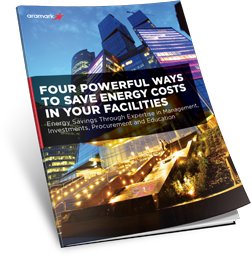Power costs are dependent upon numerous factors, for instance, the expense of power age, government evaluations or apportionments, CO2 obligations, close weather patterns, transmission and dissemination systems, and multifaceted industry rules. The assessment or obligations can in like manner change dependent upon the client base, regularly by private, business, and present-day affiliations.
According to the U.S. Energy Information Administration (EIA), “Power to Choose costs generally reflect the cost to develop, finance, stay aware of, and work power plants and the power grid.” Where assessing gauging is the procedure by which a generator, a help association, or a colossal present-day purchaser can predict the markdown expenses of force with reasonable accuracy. Due to the disarrays of force age, the cost to supply power vacillates bit by bit.
Rate structure

In standard oversaw partnership markets like the United States, there are amazing organizational structures that set power rates. It the not totally permanently established through a regulatory cycle that is managed by a Public Service Commission. Additionally, the Federal Energy Regulatory Commission (FERC) deals with the rebate power market close to the interstate transmission of force. Public Service Commissions (PSC), which are generally called Public utility commission (PUC), control utility rates inside each state. The essential rate charges a specific dollar for every kilowatt-hour ($/kWh) consumed. The layered rate is one of the more typical confidential rate programs. TOU and demand rates are coordinated to help stay aware of and control a utility’s zenith premium.
The thought in its middle is to stop clients from adding to top weight times by charging them more money to use influence around them. Overall, rates have been unimportant around night time considering the way that the apex is during the day when all regions are using power. Extended demand requires additional energy age, which is by and large given by less capable “peaker” plants that cost more to make power than “baseload” plants. Regardless, as a more vital entry from harmless to the ecosystem power sources, as sun situated, are on a network the lower cost, power is moved to late morning when sun based produces the most energy.
Feed-in demand
A feed-in demand (FIT) is an energy-supply technique that maintains the improvement of the practical power age. FITs give financial benefits to feasible power producers. In the United States, FIT game plans guarantee that certified reasonable generators will have their power purchased by their utility. The FIT understanding contains a reliable time span (by and large 15-20 years) that portions in dollars every kilowatt-hour ($/kWh) will be made for the full consequence of the structure.
Net metering is one seriously charging instrument that maintains the improvement of unlimited power age, expressly, daylight-based power. The part credits sun-based energy structure owners for the power their system adds to the framework. Confidential clients with rooftop photovoltaic (PV) systems will normally make more power than their home consumes during light hours, so net metering is particularly useful. During this time when age is more unmistakable than use, the home’s power meter will run backward to give a credit on the property holder’s power bill. The value of daylight-based power isn’t the very retail rate, so net metering clients are truly supported by any leftover clients of the electric utility.
Cost Comparision
The cost of force similarly differentiates by the power source. The net present worth of the unit-cost of control over the lifetime of a creating asset is known as the levelized cost of force (LCOE). LCOE is the best worth to check out at changed systems for age on an anticipated reason. The delivering source mix of a particular utility will in this manner essentially influence their power assessing. Electric utilities that have an elevated degree of hydroelectricity will frequently have lower costs, while those with a ton of more settled coal-ended power plants will have higher power costs. Actually the LCOE of sun fueled photovoltaic development has dropped substantially. In the United States, 70% of current coal-ended power plants run at a more noteworthy cost than new practical power propels (excepting hydro) and by 2030 all of them will be uneconomic. In the rest of the world 42% of coal-ended influence plants were losing cash in 2019.
